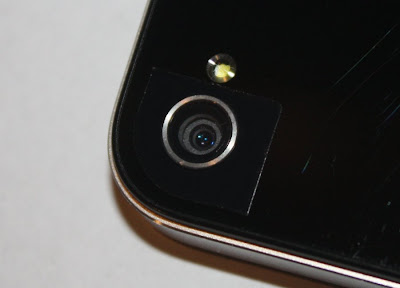Korean handset maker LG has big plans for this year’s Mobile World Congress trade fair, which is set to kick off next month. With only a bit more than a month until the event, LG leaks have started to pour, unveiling some of the devices to be officially announced in February.
No later than last Friday, the folks over at Pocketnow revealed a mysterious LG X3 that featured a quad-core processor, LTE support and a stunning 4.7-inch capacitive touchscreen display.
Today, another unannounced LG device is making headlines, the LG CX2, which seems to be the true successor of the Optimus 3D Android smartphone.
Pocketnow reports that the LG “Optimus 3D 2” will be announced next month at the Mobile World Congress 2012, in Barcelona. However, there’s no telling exactly when the smartphone hits shelves, though the handset maker may want to debut this one in Q1 2012.
Hardware-wise, the LG CX2 or Optimus 3D 2 is equipped with a slightly more powerful 1.2 GHz dual-core processor manufactured by Texas Instruments.
Just like the original Optimus 3D, LG CX 2 is said to feature a 4.3-inch capacitive touchscreen, though it looks like LG will use a NOVA display in this case to improve the brightness of the screen.
According to Pocketnow, the difference between the two models’ displays will be significant especially when it comes to brightness while the screens are in 2D and 3D modes.
LG CX2 is 2mm slimmer than the Optimus 3D, and packs dual-rear 5-megapixel cameras and 8GB of internal memory. There’s also HSPA 21Mbps support, along with DLNA and Wi-Fi capabilities.
Pocketnow also confirms from a trusted source that the smartphone will be delivered with an NFC (Near Field Communications) chip inside that will allow users to make mobile payments and read NFC tags.



 1/23/2012 11:54:00 PM
1/23/2012 11:54:00 PM
 dannzfay
dannzfay




























